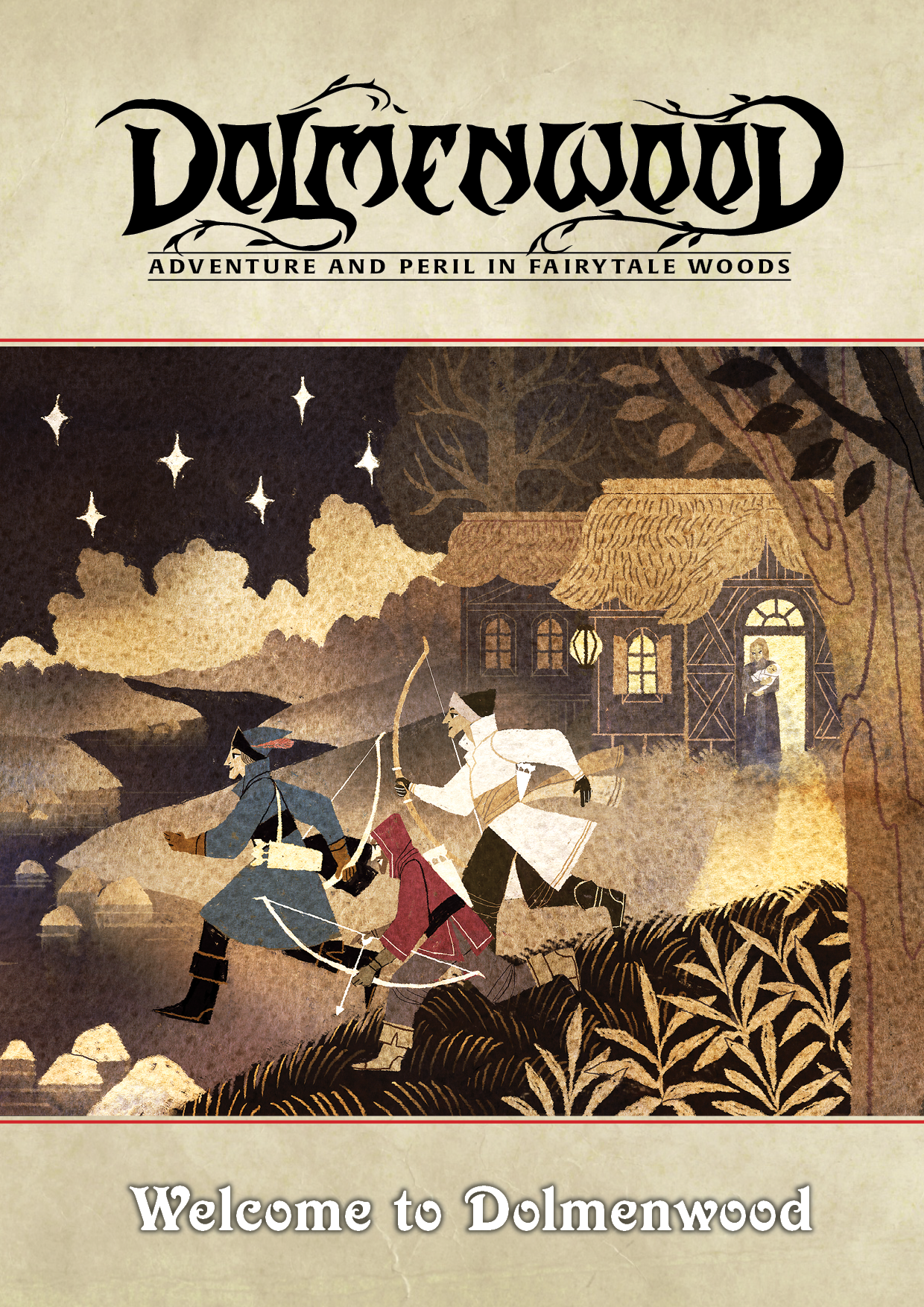Uni-the-Unicorn!
Hero
OK, when I read the OP I was thinking how do you do a Folklore setting in D&D and then I read @doctorbadwolf 's clarification here, I shifted to thinking about how D&D can do a mythic setting. I think these are different things.
Folklore:
So, how can D&D do these. Well...
Folklore D&D 5e:
Folklore:
- Often the protagonists are commoners or from a humble background
- Protagonist survive mostly on wit and luck.
- They find the magical item
- They trick the witch
- Magic is strictly NPC and ritual in nature, maybe with some curses thrown in
- The protagonists is special: noble blood, a king, a prince, or a demigod.
- Protagonist survives by their superior strength or skill or wit or some combination of those. But primarily the protagonist is superior to everyone else.
- They overpower the minotaur
- They slay the dragon
- Magic is typically NPC, but they may have magic in their blood
So, how can D&D do these. Well...
Folklore D&D 5e:
- No or very limited magic using classes, only ritual magic
- May need further magic rule revisions depending on how much you want rules vs roleplaying magic.
- Magic users are generally NPCs not players.
- Start at level 0
- Most NPC are low level/CR
- PCs are commoners, pick suitable backgrounds (no nobles or knights)
- Every one gets halfling luck and the lucky feat
- I think the rest is basically down to how you roleplay the characters and NPCs to provide the folklore feel, but you could add more rules if you want.
- PC are special, select suitable backgrounds
- PCs start with higher stats and/or exaggerate what stats can do (ex. Carry capacity might = your strength score x your strength modifier cubed, or 2,500lbs at 20 instead of 300lbs)
- PCs start with a supernatural gift
- This could be a bonus feat (this could be tailored to they type of mythic you want)
- This could be a supernatural gift like in the DMG or Theros
- This could be an epic boon
- This could be a combination of all of the above, just depends how "mythic" you want to get
- PCs have a mythic path that provide goals, but also benefits. I would use the Theros deity champions as framework, but not require piety, but instead tie the benefits to story elements.
- NPCs are mostly low level /CR (to emphasis how special the PC is)
- I think the rest is basically down to how you roleplay the characters and NPCs to provide the folklore feel, but you could add more rules if you want.




